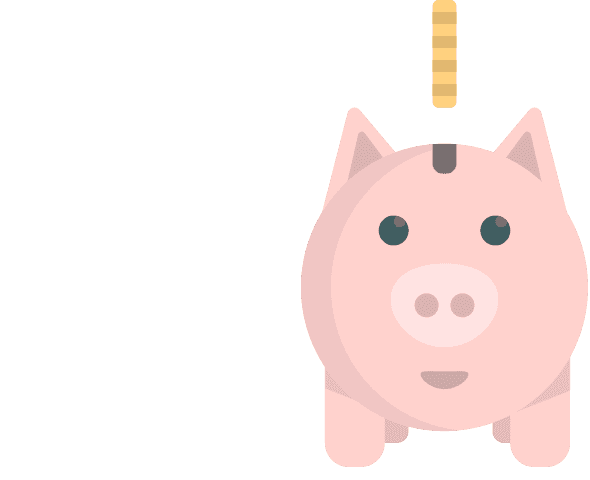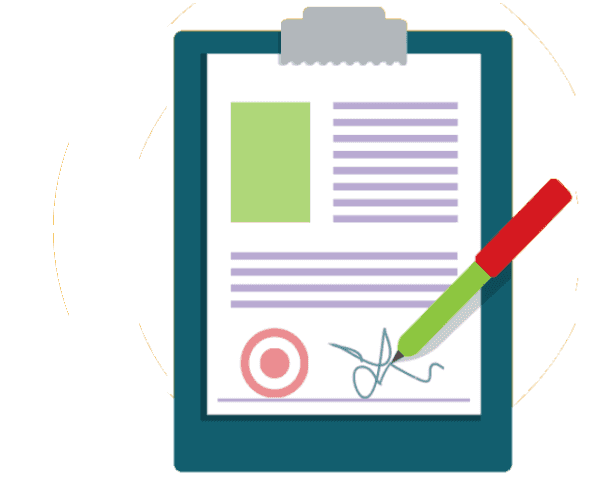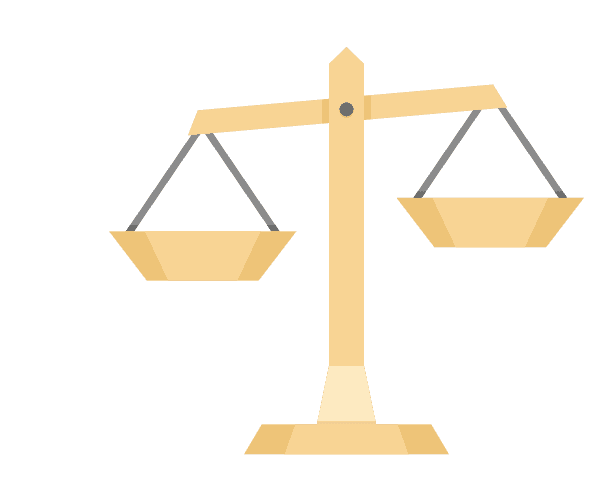Buying a home is a milestone many people set out to achieve in their lives. As a self-employed, 28-year-old woman living in the city, I definitely share this goal. In fact, I’m in the process of saving for my first down payment as we speak. Being a first-time buyer in the current Canadian housing market, it’s no secret that rising prices and mortgage rules have made this a little bit tricky. However, in creating a savings plan, I quickly learned that buying a home is not only possible but very achievable if you’re committed to the end goal and willing to make some lifestyle changes (short term!). Here’s a checklist I’ve created that’s been instrumental in my journey to saving for my first home.
1. Determine what you can afford and set a realistic savings goal
The best way to start this process is finding out what you can afford from the get-go and set a realistic savings goal. Speak to your Accountant, Financial Advisor or a Mortgage advisor at a company like Homewise to help determine what your current affordability looks like. Depending on how much you have already saved, you may consider getting pre-approved for a mortgage (apply in minutes here). Knowing what you can afford will give you direction on your current financial situation based on your income and debts as well as the type of down payment you’ll need, while helping you establish a savings goal. Plus, it’s always more productive to have a clear sense of what you’re working toward.
2. Cut out unnecessary expenses
Once you know how much you need for a down payment, your next step is heavily cutting down on unnecessary spending. This was a major one for me as I love to try new restaurants and travel any chance I get.
Begin by taking a full inventory of your monthly expenses. Identify essential and non-essential items. See where you can cut any expenses and move those into your savings account. For instance, if you’re buying two coffees per day at $5 each, opt to bring coffee from home or make coffee at your office. That $50 a week you’re spending on coffee is actually $200 per month and $2,400 of savings in your pocket at the end of the year. Small changes like this will help you reach your savings goal faster...and break the “avocado toast” stigma!
3. Create a realistic savings plan
Once you take inventory of your monthly expenses, identify a realistic amount of money you can save on a bi-weekly basis. Don’t put ALL of your money into savings, as you still need funds to live. I recommend setting up an automatic withdrawal that coincides with your paychecks. Out of sight, out of mind. This is also a great way to understand how much you’re saving annually and can provide a rough timeline as to when you can reach your down payment goal.
4. Have the mindset that you’re working towards an exciting goal
Saving for a home requires a committed and logical mindset. Be willing and open to make some lifestyle changes in order to meet this savings goal. If it means minimizing the number of restaurants you go to in a month or maybe putting vacations on pause for the year, make peace with that. The reward is worth it.
5. Audit your monthly subscriptions
I can’t tell you how many times I review my credit card bill and question certain expenses. Stay on top of all your monthly subscriptions and remove anything you’re not actively using – that includes your gym membership.
While some of these changes took some getting used to, I found the reward to be almost immediate once my savings account started to grow. At the end of the day, owning a home is a very important goal for me and regardless of market conditions, housing prices and mortgage rules, it’s one that’s totally possible if you set your mind to it.
Another helpful read you may enjoy: Things I wish I knew when I bought my first home








